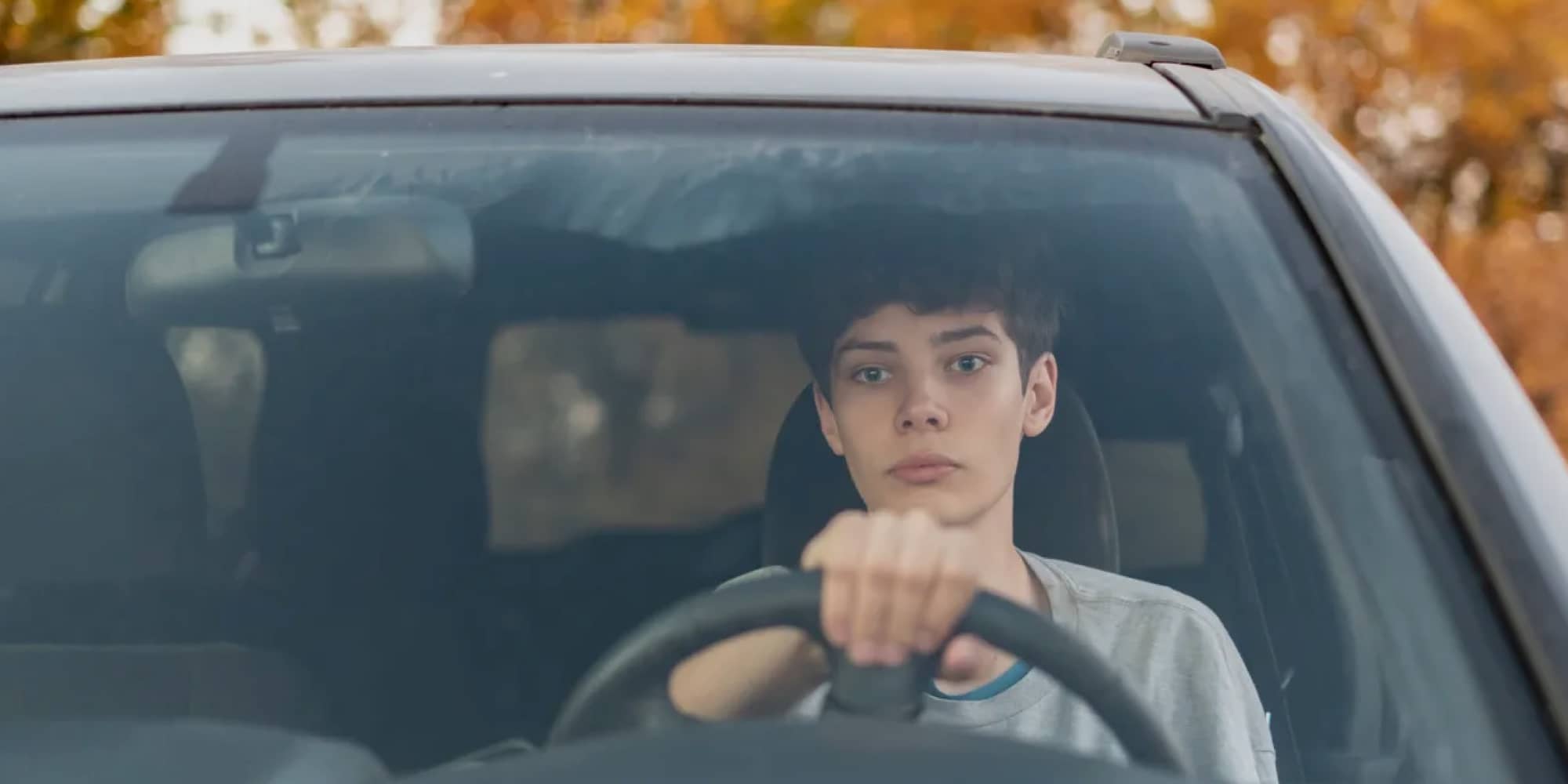It’s Time to Talk to Teens About Drowsy Driving

Help your teen learn how to #SleepFirstDriveAlert.
SleepFirst™: National Sleep Foundation’s Drowsy Driving Safety Campaign
Sure, teens get tired of being told what to do. But if you have a teenager who is also a driver, talking about the dangers of drowsy driving is one talk you need to need to have.
That’s because driving when you’re sleep-deprived is very dangerous. It causes hundreds of thousands of crashes each year and an estimated 6,400 of those are fatal. And 55% of drowsy driving crashes involve those under 25 years old—with drivers aged 16-25 years at the greatest risk of falling asleep at the wheel.
Why Teens Are at Risk for Drowsy Driving
Teens are more likely to drive while drowsy and get into a crash. Here are the main reasons why:
- Teens are chronically sleep deprived. Teens need more sleep than adults. Their brains are still developing, and they require longer sleep duration (8-10 hours is recommended)
- Teens are just starting to drive. Having less driving experience means teen drivers have fewer driving skills to apply in an emergency
- Teens have demanding school schedules. Early school start times are common, and their demanding school schedules and activities often don’t align with most teens’ internal clock
- Teens are super busy. With school, jobs, family, extracurricular activities, homework, and spending time with friends (especially on late-night screens), teens often sacrifice sleep to fit everything else into their day
Help Your Teens Get the Sleep They Need and Stay Safe on the Road
Talk to your teen about the dangers of drowsy driving, even if they brush you off. Discuss the risks and share these tips.
We encourage you to remind your teen driver that drowsy driving is impaired driving and is dangerous, just like drunk, drugged, or distracted driving. You’ve probably already talked to your teen about the dangers of drunk and drugged driving. And you have probably also discussed the dangers of texting or looking at their phone when they’re behind the wheel. But drowsy driving isn’t discussed enough—and it’s important for parents and teens to fully understand just how risky it is to drive when they’re not getting enough of the quality sleep they need.
Once you start the conversation and discuss the risks, share these tips to help them get the sleep they need and learn ways you can help them reduce their risk for a drowsy driving crash.
- Put Sleep First™. Be sure they’re getting enough sleep each night. The National Sleep Foundation recommends 8-10 hours a night for teens. And help them maintain a regular sleep schedule as much as possible.
- Ask for Rides. Staying up late to study for an exam or getting home late from a game or practice can throw off your teen’s sleep routine and leave them sleep deprived. Let them know that they don’t need to power through and drive anyway. Instead, if they are feeling too tired to drive, they should always ask a parent or find a friend to give them a ride.
- Drive with a friend. Having a friend in the car can help keep your teen more alert when driving. If their passenger is feeling more awake, they should pull over and switch places to let the more well-rested driver take the wheel. And for longer trips, encourage your teen to make a travel plan with their passengers/fellow driver to switch off driving every hour or so.
- Take a power nap. If your teen feels tired, they should take a 20-minute nap before getting behind the wheel. And, while caffeinated beverages may increase alertness during the day, remind teens to avoid drinking caffeinated drinks or energy drinks near bedtime since they can throw off an established sleep schedule.
Help your teen recognize the signs that they might be too tired to drive.
Make sure your teen knows when to pull over to a safe spot for a nap or switch drivers. Talk about the signs that that they might be too tired to drive:
- Yawning often
- Difficulty keeping eyes open or rubbing their eyes
- Having trouble remembering the last several miles they’ve driven
- Missing an exit or not following a street sign or traffic signal
- Drifting into another lane or shoulder
- Hitting a rumble strip
And one more thing…
Some schools are implementing or considering delayed start times for teens to better align school times with the natural sleep and wake rhythms of teens, which could have a positive benefit in terms of drowsy driving (among other benefits). Talk to your child’s school or local school board. Visit www.startschoollater.org for even more information about school start times. Help your teen get the sleep they need and help keep them and others safe on the road. NSF’s Bright Schools® campaign prioritizes helping students get the sleep they need to achieve at school and stay safe on the road.